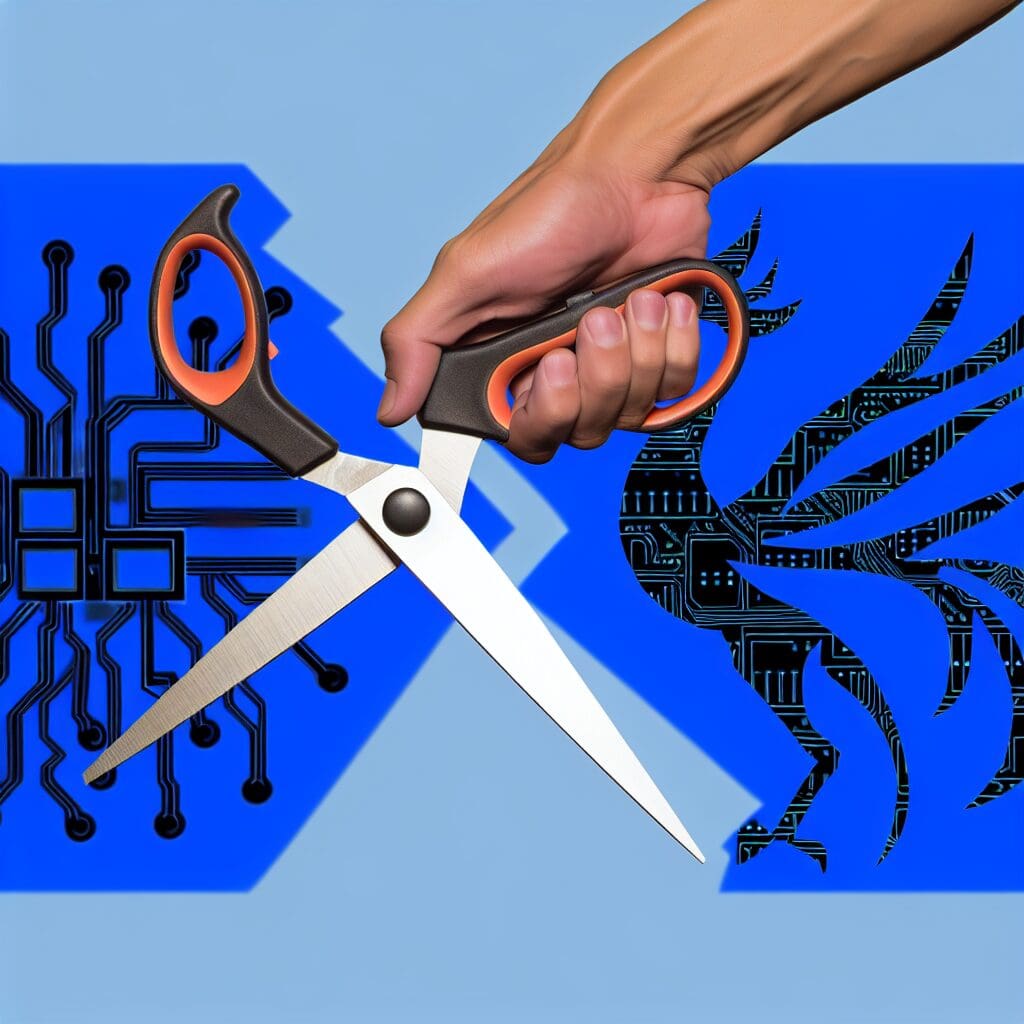Intel is making headlines with its recent decision to cut jobs as part of a strategic maneuver to restore its status as a leader in the semiconductor sector. The company faces fierce competition from industry giants, which has prompted these cost-cutting measures deemed essential for recovery.
As part of this initiative, Intel is poised to lay off employees across various divisions. The rationale behind this move is not merely financial; it reflects a broader trend within the tech landscape where companies are reassessing their workforce in light of market pressures. For instance, competitors like AMD and Nvidia have made significant strides, squeezing Intel’s market share and pushing the need for urgent action.
This move is not without precedent. During the tech downturn of the early 2000s, many firms, including IBM, faced similar crossroads. Their decisions to streamline operations allowed them to emerge stronger. Analysts predict that Intel’s cuts may eventually lead to more focused innovation, enabling it to pivot more effectively in a rapidly changing market.
Furthermore, these layoffs come at a time when the semiconductor industry is experiencing fluctuations due to supply chain disruptions and fluctuating demand. Instead of merely returning to pre-pandemic level performance, Intel aims to evolve its business model to align with emerging technologies, such as AI and IoT.
In conclusion, while the decision to cut jobs is undoubtedly challenging, it may pave the way for Intel’s rejuvenation in the competitive tech arena. The steps taken today could very well determine the company’s resilience and adaptability for many years to come.












